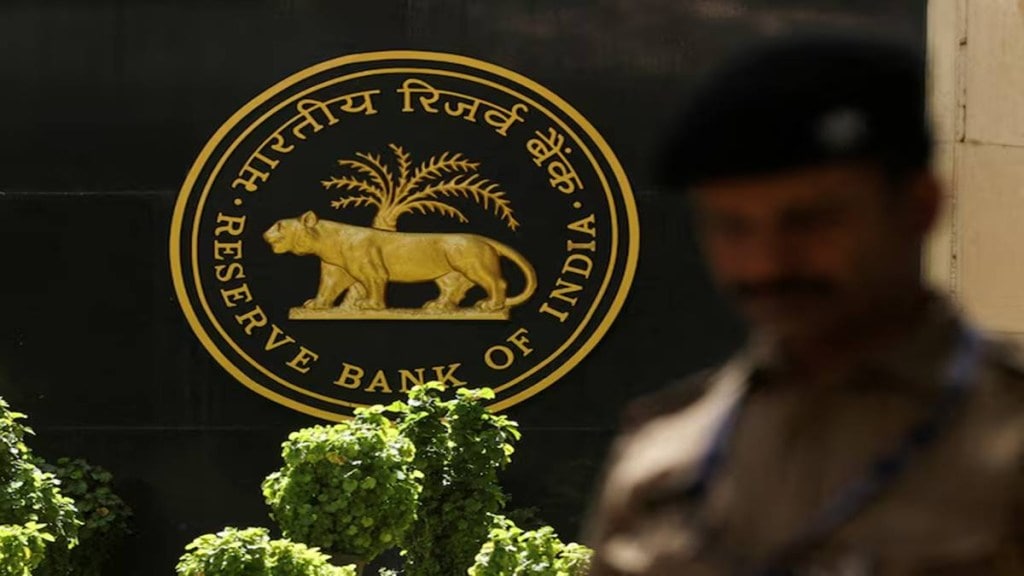With the Reserve Bank of India (RBI) announcing a larger-than-expected 50 bps repo rate cut, UBS Securities interprets this as a front-loaded stimulus effort, suggesting limited room for further rate cuts, shifting the focus to credit transmission and macroeconomic momentum. “We believe our baseline forecast of 5.5 per cent terminal repo rate has been met. However, considering still elevated global uncertainty, we think RBI has kept a buffer of another 25-50bps rate cut in case growth surprises lower,” said Tanvee Gupta Jain, Chief India Economist at UBS Securities.
On Friday, the Monetary Policy Committee (MPC) headed by RBI Governor Sanjay Malhotra reduced the benchmark repo rate by 50 bps to 5.50 per cent – double the consensus expectation. The central bank also changed its policy stance from “accommodative” to “neutral“. This was the third consecutive policy rate cut since February 2025, amounting to a cumulative reduction of 100 bps.
Phased CRR cut to boost lending power
In addition to the rate cut, the RBI also announced a phased reduction in the cash reserve ratio (CRR) by 100 bps, taking it down to 3 per cent by the end of November 2025. The CRR will be cut in four equal tranches of 25 bps each, starting September 6. This measure is expected to inject Rs 2.4 lakh crore into the banking system, which will help improve credit transmission.
“Our banking team believes that despite releasing surplus liquidity, CRR cut will also partly offsets NIM pressure due to repo rate cut, thereby would help in monetary policy transmission to the credit market,” said Tanvee Gupta Jain. UBS Securities expected bank credit growth to gradually improve to pick-up modestly to 12 per cent/ 13 per cent YoY by end FY26/ FY27 with a scope for further upside in FY27, if the investment cycle recovers.
Now how will this happen? With more liquidity, the banks can now deploy the freed up amount as loans instead of parking with the RBI. With more liquidity in the system, banks’ cost of funds may decline, allowing them to lower lending rates more easily and pass on the benefit of the earlier repo rate cut to borrowers. Moreover, the phased approach will give banks the time and confidence to recalibrate their balance sheets, supporting a more durable and broad-based rate transmission across sectors.
Notably, this liquidity support comes at a time when the interbank system is already flush, with a surplus of $34 billion (1.2 per cent of NDTL as of June 4), and the overnight call rate hovering at the lower end of the LAF corridor.
UBS Securities’ credit scorecard shows that while the overall policy environment is supportive—thanks to improved liquidity, a softer regulatory stance, and rate cuts—other indicators are mixed. Credit momentum, asset quality, and sensitivity to external factors are neutral, while household debt remains a concern.
FY26 GDP growth projection retained
Despite the strong policy easing, the RBI retained its FY26 real GDP growth projection at 6.5 per cent, with Q1 at 6.5 per cent, Q2 at 6.7 per cent, Q3 at 6.6 per cent and Q4 at 6.3 per cent and risks evenly balanced.
The policy statement by Governor Malhotra noted that steady rural economic activity is supporting rural demand, while growth in the services sector is helping revive urban demand. Investment is likely to pick up due to higher capacity use, stronger corporate balance sheets, and continued government spending on infrastructure.
However, trade policy uncertainty continues to weigh on merchandise exports prospects. That said, progress on free trade agreements—especially with the UK—is a positive sign for trade.
On the supply side, it added, agriculture looks promising on the back of forecasts of above-normal monsoon and strong performance in allied sectors. Still, risks to growth remain from ongoing geopolitical tensions, global trade challenges, and weather-related uncertainties.
FY26 inflation forecast lowered
With inflation expectations moderating, the MPC lowered its FY26 CPI inflation forecast by 30 bps to 3.7 per cent on-year with Q1 at 2.9 per cent vs 3.6 per cent earlier, Q2 at 3.4 per cent vs 3.9 per cent earlier, Q3 at 3.9 per cent vs 3.8 per cent earlier and Q4 at 4.4 per cent and risks evenly balanced.
The RBI governor, during his speech, mentioned that there is now a greater confidence that inflation is likely to undershoot the medium-term target (4 per cent) at the margin. However, weather-related uncertainties and still evolving tariff related concerns with their attendant impact on global commodity prices could pose upside risks, the governor maintained.
To conclude, the MPC’s latest moves reflect a delicate balancing act—aggressively supporting growth in the near term while signalling a cautious pause going forward. UBS maintained that the RBI is done with major easing for now but retains some room to manoeuvre if growth conditions deteriorate.
